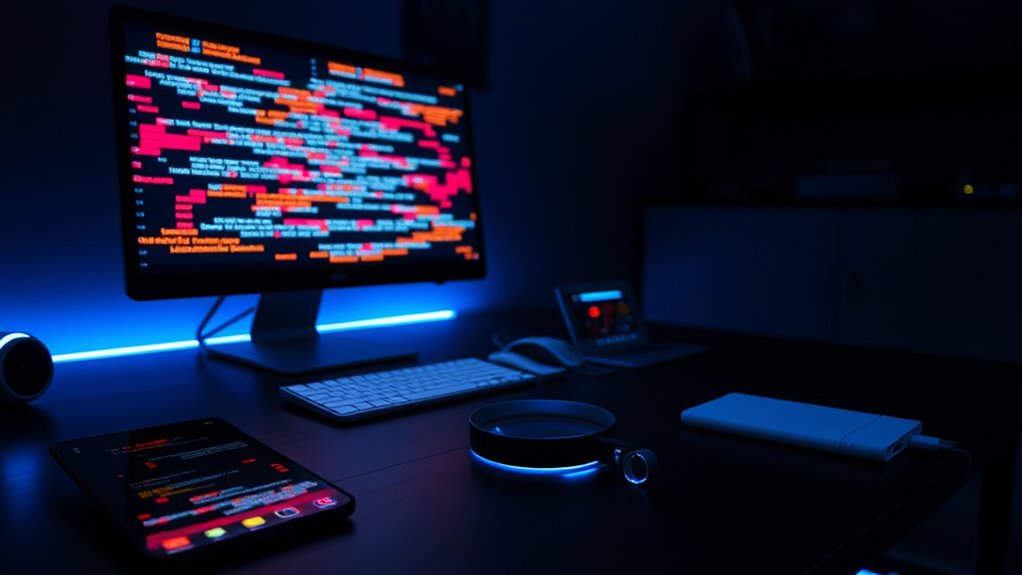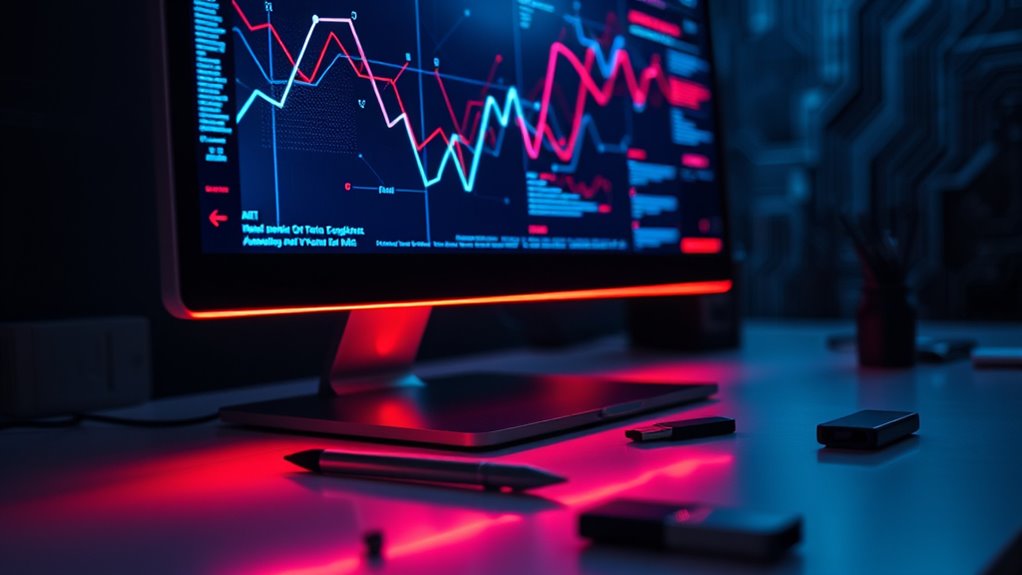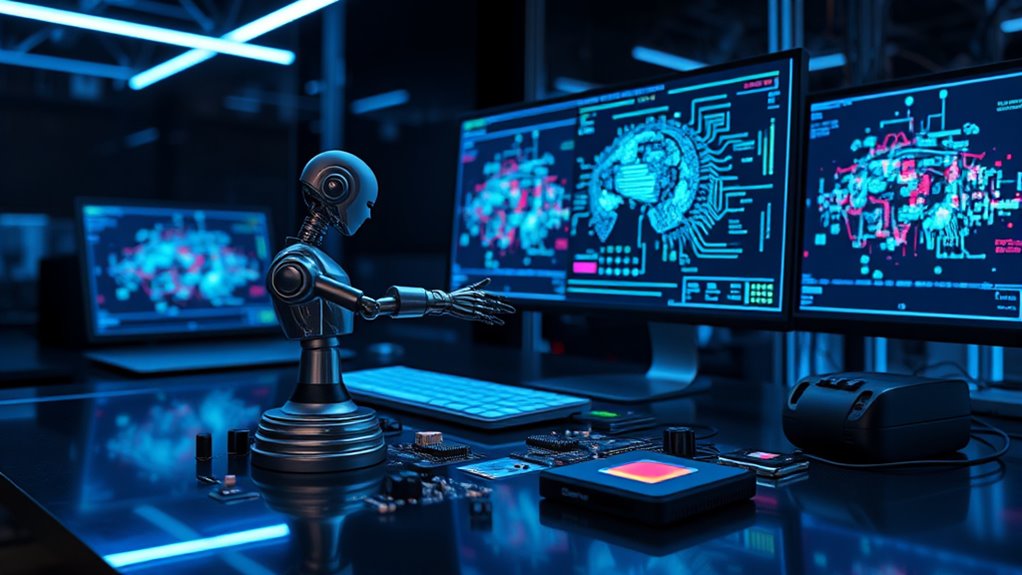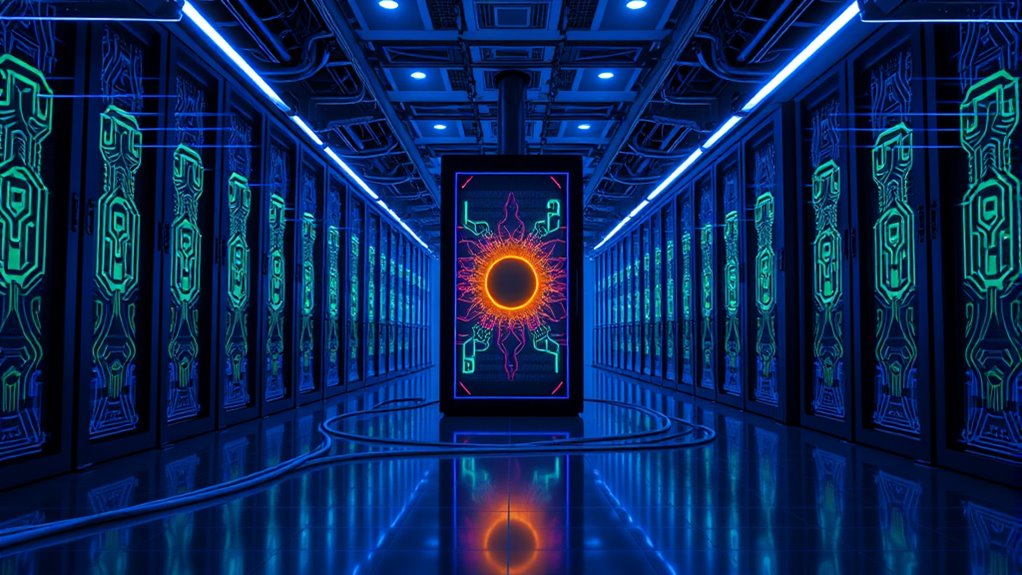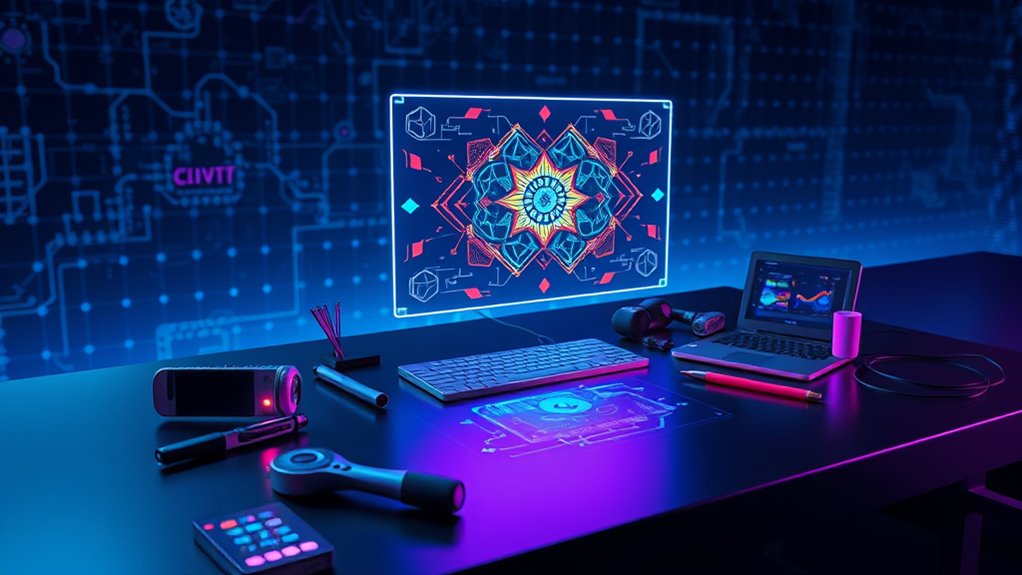Innovation is changing how we create content, but it’s also sparking new challenges like AI plagiarism. This happens when someone uses AI to write something and passes it off as their own. It’s a growing problem in schools, workplaces, and online spaces. Detecting AI plagiarism is now super important to keep things honest and protect original ideas in a world full of digital content.
Innovation brings new content creation, but AI plagiarism is a rising issue. Detecting it is crucial to maintain honesty in digital spaces.
There’re special tools to catch AI-generated text. Tools like Copyleaks and Plagium use smart computer programs to scan and compare writing. They look for patterns that show a machine might’ve written it. Other tools, like Turnitin, are often used in schools to spot copied work, though they’re not just for AI stuff. Grammarly can also flag content that doesn’t seem original, even if it’s not its main job. These tools help make sure people aren’t cheating by using AI without giving credit. Plagium, for instance, offers detailed reports on the likelihood of AI-generation.
How do these detectors work? They check for things like weird word choices or sentences that don’t vary much. They also compare text to huge databases of other writings to see if it matches anything. Some tools study how sentences are built or how grammar is used to spot AI patterns. Many even work in different languages, which is pretty handy. Machine learning helps these tools get better at finding AI text over time. Additionally, tools like GPTZero have shown remarkable accuracy rates in identifying AI-generated content during recent tests.
But, these detectors aren’t perfect. Sometimes, AI writing slips through, especially if a person edits it. The tools can’t always tell the full story, so context matters too. They’re always being updated to keep up with smarter AI, but there’s still a chance they miss something. It’s a constant race to stay ahead. Teachers often integrate these tools into learning management systems to streamline the process of analyzing student submissions for AI-generated content.
There’re also worries about privacy and fairness. When using these tools, people’s data might be stored or shared, so that’s something to think about. Still, detectors help keep things transparent and support honesty, especially in schools. They’re not meant to stop AI use but to make sure it’s clear who wrote what. Plus, they help follow rules about owning ideas and creations in a legal way.
